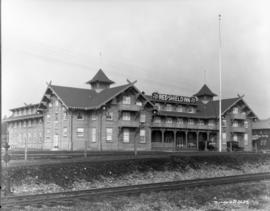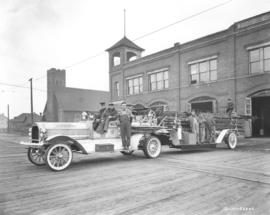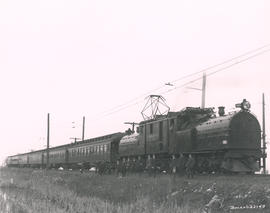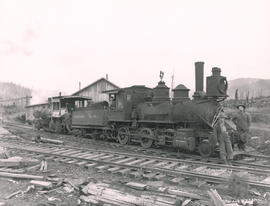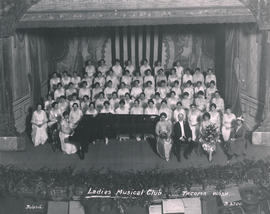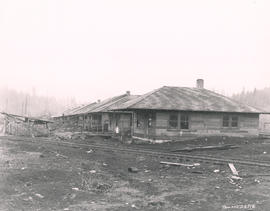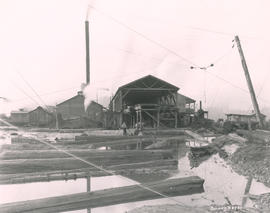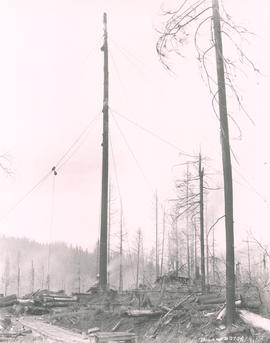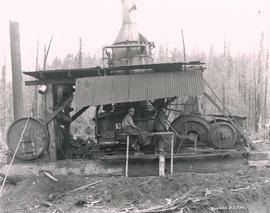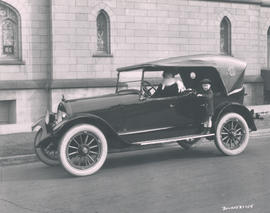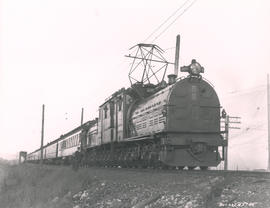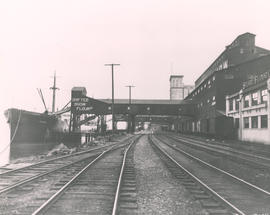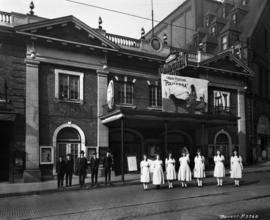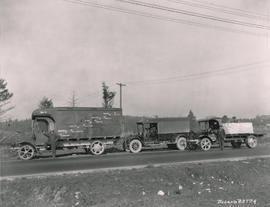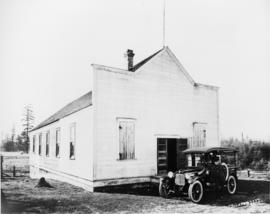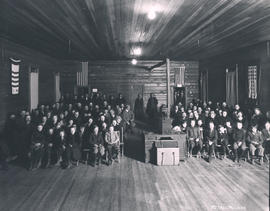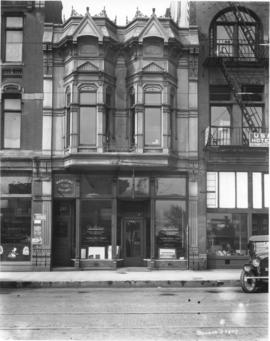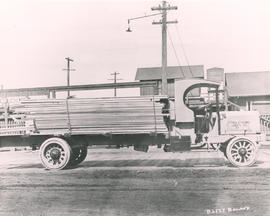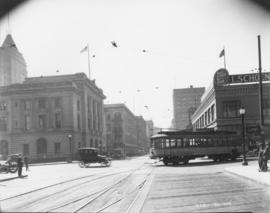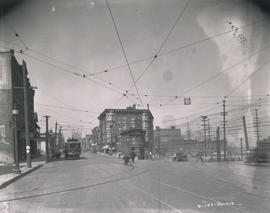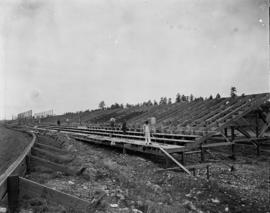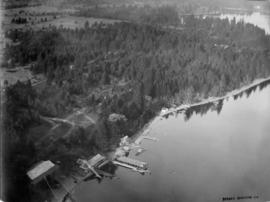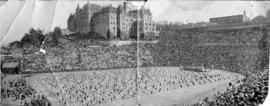- Item
- 1920-02-10
Part of Marvin Boland Photographs
The Red Shield Inn (now the Fort Lewis Museum) was opened on December 7, 1919, by the Salvation Army to accommodate relatives visiting soldiers at Camp Lewis. Its name reflected the emblem of the Salvation Army. It was built across from the camp in the Greene Park recreation development at a cost of $107,000. The Salvation Army originally had provided sleeping quarters for visitors but need soon exceeded the limited space. The three-story Red Shield Inn, with 150 rooms, provided a welcome solution. It was turned over to the government, without strings, by the Salvation Army on July 1, 1921, so that it could be used as quarters for officers, their relatives and friends. The building is the only remaining structure of Greene Park. TPL-050 G69.1-116 (www.historylink.org; Tacoma Sunday Ledger, 12-14-19; TDL 6-22-21, p. 9-article)
Red Shield Inn (Camp Lewis);
